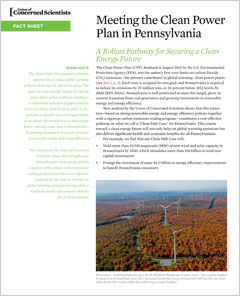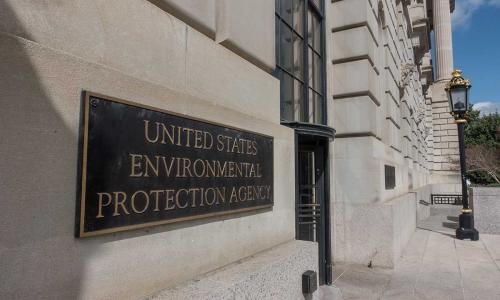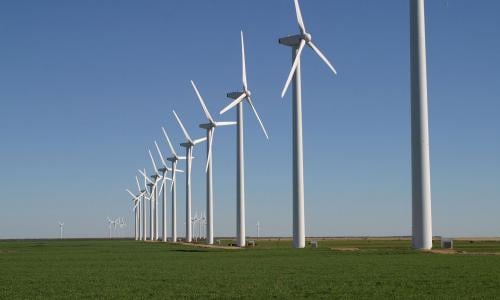The Clean Power Plan sets the nation's first-ever limits on carbon dioxide (CO2) emissions—the primary contributor to global warming—from power plants.
Each state is assigned its own goal, and Pennsylvania is required to reduce its emissions by 29 million tons, or 24 percent below 2012 levels, by 2030. Pennsylvania is well positioned to meet this target, given its current transition away from coal generation and growing investments in renewable energy and energy efficiency.
Widespread economic and health benefits
New analysis shows that an energy transition based on strong renewable energy and energy efficiency policies, together with a vigorous carbon emissions trading program, would constitute a cost-effective pathway, or "Clean Path Case," for Pennsylvania.
This course toward a clean energy future will:
- Yield more than 10,700 megawatts (MW) of new wind and solar capacity in Pennsylvania by 2030, which stimulates more than $10 billion in total new capital investments
- Prompt the investment of some $4.3 billion in energy efficiency improvements to benefit Pennsylvania consumers
- Generate more than $804 million in average annual revenue from 2022 to 2030, from the sale of carbon allowances, for investments in Pennsylvania’s economy
- Avoid the emission of 131 million tons of CO2 through 2030
- Provide health and economic benefits worth an estimated $4.5 billion cumulatively through 2030 by reducing CO2, sulfur dioxide (SO2), and nitrogen oxides (NOx) pollution
Recommendations for securing a clean energy future
Achieving the Clean Path Case’s full range of benefits will require policy makers and regulators to work together with utilities, generators, advocates, regional transmission organizations, and other stakeholders to develop a Clean Power Plan (CPP) compliance plan that generates widespread benefits for all Pennsylvania residents.
- The Pennsylvania Department of Environmental Protection (DEP) should develop a strong mass-based CPP compliance plan. In building this plan, the DEP should prioritize renewable energy and energy efficiency, and it should develop a mass-based emissions trading program that includes both new and existing sources and allows for interstate trading of carbon allowances.
- The Pennsylvania General Assembly should enact strong clean-energy and carbon-market policies. The legislature should extend and expand its current renewable energy standard, which is set to level off at 8 percent in 2021. The state's energy efficiency resource standard should also be strengthened beyond 2021, so that utilities are required to reduce electricity use by 1.5 to 2 percent each year. The legislature should also authorize the state to auction carbon allowances as part of the DEP’s emissions trading program, with the revenues directed to specific programs that benefit all residents, reduce carbon emissions, and promote equitable approaches to transitioning to a low-carbon economy.
- Pennsylvania electricity utilities should work to diversify their electricity portfolios, prioritizing low-cost renewables and efficiency. These steps will help cut consumer electricity bills and further curb harmful emissions from power plants.
- The state should make use of the PJM Interconnection to show utilities and stakeholders how to ensure reliability and invest in transmission networks to support low-carbon energy sources. The PJM regional transmission organization, which coordinates the movement of electricity in the Mid-Atlantic states (including Pennsylvania) and in some Midwestern states, has found that adding higher levels of wind and solar to the electricity grid does not adversely affect service reliability.
With well-designed policies and careful planning and coordination, Pennsylvania could greatly enhance its clean energy resources, cost-effectively comply with the emissions reductions required by the Clean Power Plan, and reap important economic and public health benefits.
And with a robust emissions trading program, Pennsylvania could generate significant carbon revenues that could be used to support high-quality jobs in renewable energy and energy efficiency, strengthen disadvantaged communities, make buildings and infrastructure more resilient, and boost economic development in regions dependent on the fossil-fuel economy.
These benefits would help ensure a sound and prosperous future for all Pennsylvanians.






